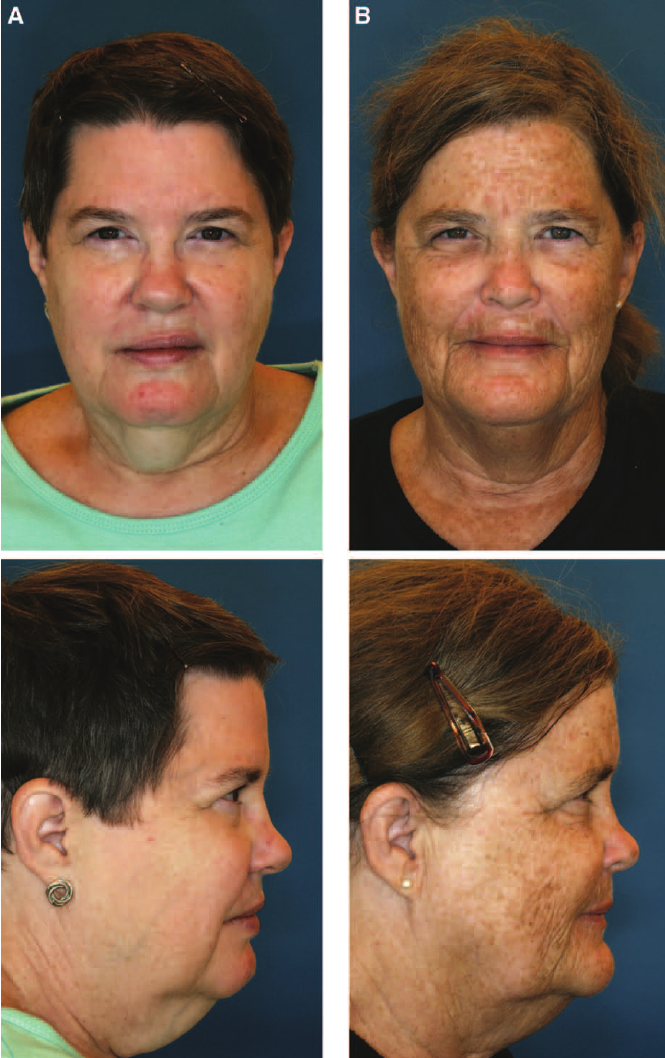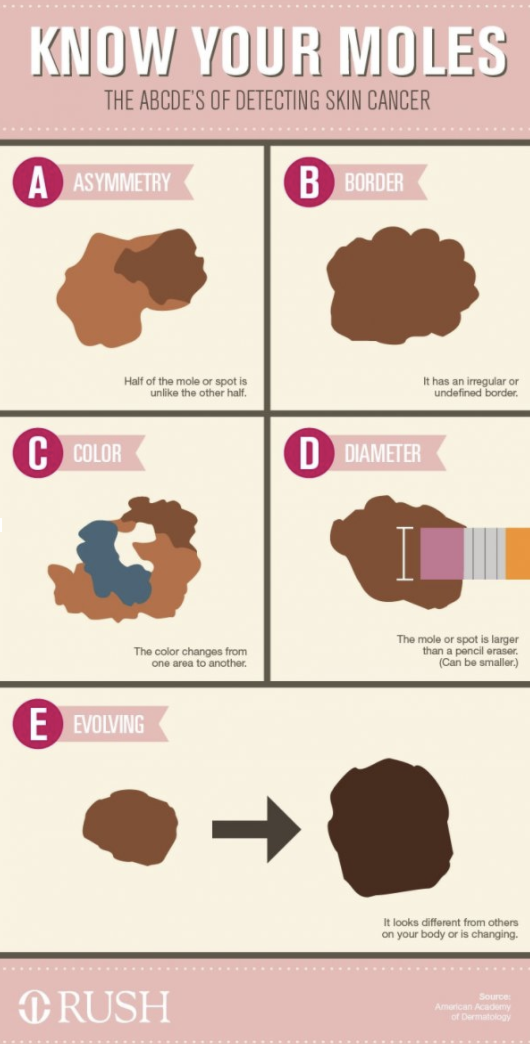How it works:
Share your skin goals and snap selfies
Your dermatology provider prescribes your formula
Apply nightly for happy, healthy skin
How it works:
How it works:
Share your skin goals and snap selfies
Your dermatology provider prescribes your formula
Apply nightly for happy, healthy skin
How it works:
Photos that will convince you to wear sunscreen every day
See what sun damage can really look like.



In this article
Wearing sunscreen every day is the best favor you could do your future self. Not only is protecting your skin from the sun key to helping to fade post-acne marks, but it’s also one of the best ways to save your skin from signs of premature aging, like fine lines and wrinkles, rough texture, dark spots—oh, and skin cancer, of course!
As if you needed more reasons to add SPF to your daily skincare routine. But we know the proof is in the proverbial pudding, so we dug up a few photos as evidence you can see for yourself.
1. What you can’t see can hurt you

UV portraits by the photographer Cara Phillips via NY Times
Looks can be deceiving: It took a special ultraviolet camera to reveal the sun-induced aging that has accumulated on the faces of the individuals in these photos. Even if you can’t see dark spots or wrinkles today, the sun damage may still be there.
Check out this impactful video of people being shown their own hidden sun damage. And we’ll delve more into this later, but for those with melanin-rich (darker) skin, don’t believe the myth that you don’t need SPF because you have “natural protection” due to the color of your skin!
2. The truck driver

Originally published in the New England Journal of Medicine
Like a simultaneous before-and-after, this photo shows the effects of unprotected sun exposure on just the left side of this truck driver’s face from years in the driver’s seat. It really makes you think about all the sunlight you don’t even notice you’re getting throughout the day. Remember: UV rays even penetrate through on cloudy days!
3. The twin study

Originally published by Research Gate.
This study focused on two twins with a significant difference in the amount of sun exposure they received over their lifetime. The twin on the right had about 10 more hours per week of sun exposure than the twin on the left.
4. Natural protection isn’t 100%!
Although genetically melanin-rich skin (not from a tanning bed!) has natural protection from the sun, it’s not 100%. Research has shown that consistent sunscreen use is the best way to help even out skin tone and fade dark spots in melanin-rich skin. So, depending on your activities outdoors, you’ll want to have a sunscreen on hand that you like!

5. A lifetime of damage
Think of it this way: You’ve got a lot of aging to do. Don’t you want your skin to look its best for as long as possible?

And it’s not just aesthetic signs of aging (like wrinkles) that we need to think about. Regular sunscreen use is recommended by the American Academy of Dermatology as a primary method of sun protection to reduce the risk of melanoma and other non-melanoma skin cancers. Don't forget to add sunscreen throughout the day. And find out how to use sunscreen over makeup.

If you have any concerns about a changing mole, please see an in-person dermatologist as soon as possible. Curology does not evaluate or treat skin cancer.
For help in finding a local dermatologist so that you can be seen in-person, ask your primary care physician or other local healthcare provider for a recommendation, or visit the American Academy of Dermatology site.
You’ve got a long life to live in your skin—and it’s extremely difficult (not to mention expensive) to reverse sun damage. Slather on the SPF now and look forward to the many decades of smooth, healthy skin to come.
Need help choosing a sunscreen for your face?
Don’t miss our sunscreen guide for everything you need to know about SPF, including what products tend to work best for each skin type.
PS. We did the research so you don't have to:
Erica C Davis and Valerie D Callender. Postinflammatory hyperpigmentation: a review of the epidemiology, clinical features, and treatment options in skin of color. The Journal of Clinical and Aesthetic Dermatology. (2010, July 1)
American Academy of Dermatology Association. 11 ways to reduce premature skin aging. American Academy of Dermatology. (2020, n.d.).
American Academy of Dermatology Association. Prevent skin cancer. American Academy of Dermatology. (2020, n.d.).
Alyson Krueger. Should You Get a Scary UV Photo of Your Skin Damage? The New York Times. (2019, August 16).
Thomas Leveritt. How the sun sees you. YouTube. (2014, August 12).
Jennifer R.S. Gordon and Joaquin C. Brieva. Unilateral Dermatoheliosis. The New England Journal of Medicine. (2012, April 19).
Anna Chien and Heidi Jacobe. UV Radiation and Your Skin. The Skin Cancer Foundation. (2019, June 1).
Jordan P. Farkas, et. al. The Science and Theory behind Facial Aging. Plastic and Reconstructive Surgery. (2013, May 7).
Sandra Del Bino, et. al. Clinical and Biological Characterization of Skin Pigmentation Diversity and Its Consequences on UV Impact. The International Journal of Molecular Sciences. (2018, May 31).
Erica C Davis and Valerie D Callender. Postinflammatory hyperpigmentation: a review of the epidemiology, clinical features, and treatment options in skin of color. Ibid.
American Academy of Dermatology Association. Prevent skin cancer. Ibid.
American Academy of Dermatology. ABCDEs of Skin Cancer Detection. Rush University Medical Center. (n.d.)

Curology Team

Nicole Hangsterfer, PA-C